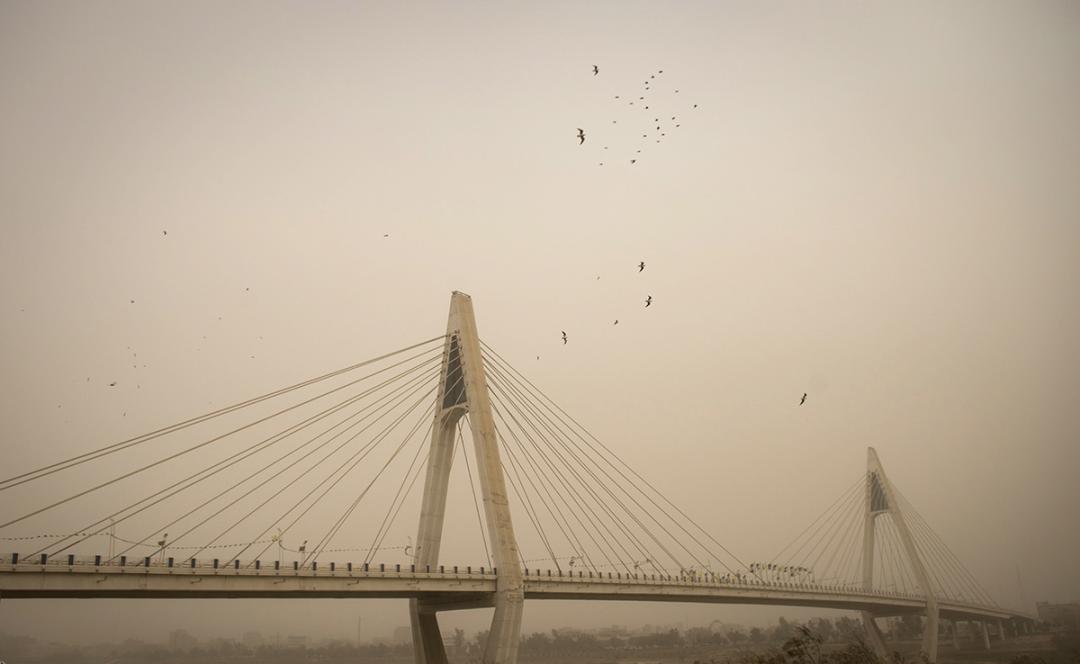Iran’s top environment official has laid out the Department of Environment’s priorities for the Iranian New Year that began on March 20.
Without providing details, DOE chief Massoumeh Ebtekar outlined her department’s goals on her personal channel on the social media application Telegram for her 2,200 followers on Thursday.
“Now that we’re in the post-sanctions era, we hope to benefit from cutting-edge green technology,” she said. Prior to the lifting of economic sanctions, the international community was wary of doing business in and with Iran, which took a heavy toll on different sectors, including the environment.
Iranian officials, spearheaded by Ebtekar, have put a lot of stock in new technology to tackle the worsening environmental problems, such as rising carbon emissions and the seemingly unending air pollution crises. Iran has pledged to cut its emissions by 4% by 2030, and has stressed that it will be able to reduce emissions by a further 8% if it receives financial support from developed nations.
However, the government has emphasized that without access to new technology it will not be able to deliver on its pledge. “We’re going to need all the help we can get to reduce greenhouse gas emissions and develop a low-carbon economy,” Ebtekar added.
With its annual carbon emission exceeding 800 million tons, Iran is among the top 10 emitters of the greenhouse gas.
Dust Storms, Air Pollution Take Precedence
Last winter, relentless air pollution suffocated major cities across Iran, including metropolises such as Tehran and Isfahan, causing heated debates between different organizations looking for someone to blame.
“Reducing air pollution is a priority and the department is dutifully monitoring and managing the situation,” Ebtekar said. “Some provinces have been instructed to submit their plan of action to the DOE for review as soon as possible.”
In addition to air pollution caused by dilapidated, substandard vehicles roaming the streets and industrial activity in and around major cities, dust storms have piled on the misery.
Dust and sand particles blown over from regional countries such as Iraq, Syria and Saudi Arabia have worsened dust storms that are caused by domestic sources, such as dried up wetlands and exposed soil in woodlands due to rampant illegal logging.
“Plans to combat dust storms have been drawn up for the provinces, and the Forests, Range and Watershed Management Organization has been tasked with executing the plans in selected regions,” Ebtekar said.
She pointed to a recent United Nations resolution that calls on Middle Eastern states to join forces to tackle dust storms that have plagued the entire region for years, and said her department is committed to cooperating with all countries willing to make an effort.
Restoration of desiccated lakes and lagoons, reducing logging and imposing an environmental tax on polluting industries are other goals that the department will seek to accomplish before the fiscal year is out in March 2017, Ebtekar added.
From deforestation and desertification to drought and desiccation, Iran has no shortage of environmental ills. Every year officials lay out plans to address the seemingly endless problems, only to fail to make any progress. Since President Hassan Rouhani took office in 2013, the government has admittedly tried to alleviate some problems, but due to a lack of budget and a Parliament that has been rather unfriendly to the administration, it has accomplished little.
However, with an increased budget and a new Parliament that was elected in February and is expected to be more sympathetic toward the government, not to mention the lifting of sanctions, people demand less rhetoric and tangible results in the months ahead.


